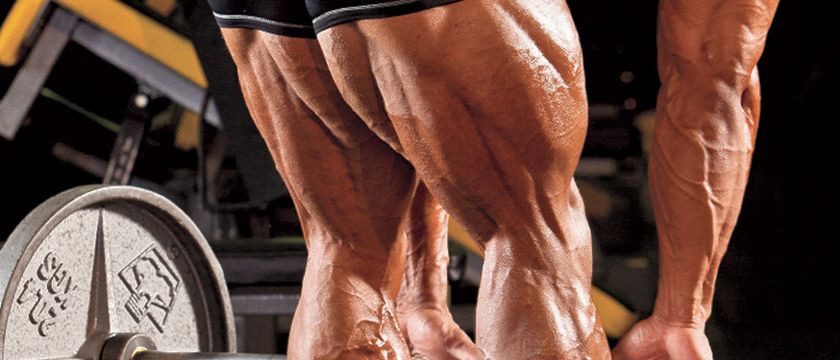
In this article, you will get your answer about hamstring anatomy and hamstring training techniques to develop massive hamstring. With a well-developed hamstring, you can maintain good posture and prevent leg injuries.
Overview of Hamstring Training
At the back of the leg behind the thigh, there are three muscles known as the hamstrings. These muscles have a great deal to do with how adaptable we are. Hamstring is one of the three back thigh muscles in the middle of the hip and the knee (from average to sidelong: semimembranosus, semitendinosus and biceps femoris). The hamstrings are basically associated with a large number of our everyday activities including strolling, running and jumping. Semitendinosus and semimembranosus expand the hip when the trunk is settled; they likewise flex the knee and turn the lower leg in when the knee is bent. The long head of the biceps femoris broadens the hip when we start to walk. The two heads flex the knee and turn the lower leg out when the knee is twisted.
Hamstring Training Techniques
The more developed the leg biceps are, the more your legs are going to meet in the middle and touch each other, even though your legs are held some distance apart. A properly developed leg biceps leaves a distinct line separating the back of the leg from the front of the thigh when seen from the side. Some of the hamstring training techniques are listed below:
Leg Curls
The purpose is to develop hamstring muscle mass. Lie facedown on a leg curl machine and hook your heels under the lever mechanism. Your legs should be stretched out straight. Keeping flat on the bench, curl your legs up as far as possible, until the leg biceps are fully contracted.
Standing leg curls
The purpose is to develop the leg bicep. Stand against the machine and hook one leg behind the lever mechanism. Hold yourself steady and curl the leg up as high as possible. Release and lower the weight back to the starting position. Do your sets with one leg, then repeat the exercise using the other leg. Be certain to keep the movement slow and strict.
Straight/Stiff leg deadlift
The purpose is to focus hamstring along with glutes and lower back. Take hold of barbell as for deadlifts and come up to a standing position. Keep your legs nearly locked and bend forward from the waist, your back straight, until your torso is about parallel to the floor, the bar hanging at arm’s length below you. Straightens up again, pull your shoulders back, and arch your spine to get the spinal erectors of the lower back to contract completely.
Single leg stiff deadlift
The purpose is to isolate the movement and stress on the hamstring. Hold a kettlebell in one hand, hanging to the side. Remain on one leg, on a similar side that you hold the iron weight. Keeping that knee slightly bent, perform a stiff-legged deadlift by bending at the hip, expanding your free leg behind you for balance. Keep bringing down the portable weight to the point that you are parallel to the ground, and afterward come back to the upright position.
Benefits of Hamstring training techniques
Hamstring training techniques have numerous benefits and we have specified some of the reported benefits underneath:
- Strong hamstring muscles can improve your movement and leg flexibility
- Hamstring can prevent severe injuries as it acts as a cushion between the joints especially knee joint and ligaments
- Muscle mass in the hamstring muscle can improve the weightlifting power and stabilize the balance of the body
Precautions/Mistakes of Hamstring training techniques
We all do common mistakes and doesn’t take precautions to avoid any injury while hamstring training techniques. We have specified some of the common mistakes and precautions underneath:
- Warm up and flexibility stretch is a must while training hamstring
- Improper training of hamstring muscles can lead to severe injuries
- Stretch hand squeeze your hamstring muscles for best results